How Do You Create a New Color?
Get curious
Watch a film, paying attention to the colors used by artists in the paintings you see.
Each student thinks of one word that she or he associates with the colors that they have seen in the pictures. They write the words on the board.
Get going
Students mix primary colors to obtain orange, green and violet.
2. Provide each team with a paper plate and a bit of the following paint colors: YELLOW, BLUE and RED.

3. Ask children to mix colors in all configurations (yellow+blue, blue+ red, red+ yellow and all three together).
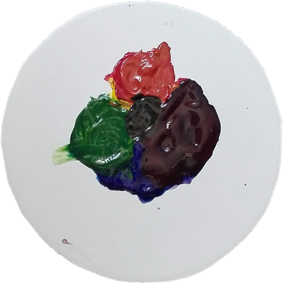
4. After children obtain new colors, give out a worksheet to each group. Ask children to paint the wheels on the worksheets in the appropriate colors.
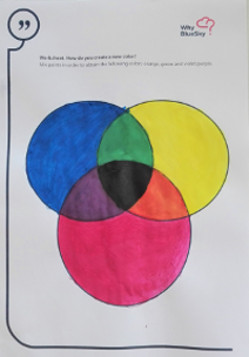
5. After students have completed the task, ask them:
Which are the primary colors, and which are the secondary colors?
The worksheets and information you will find in the tabs.
The students reproduce the colors of nature, combining colored paints in such a way as to paint pictures that are as similar as possible to the scenes from the photographs.
You can also use the exemplary pictures from the tab.
Students can use the brushes or pieces of sponge. When painting they should focus on creating the appropriate color not on depicting the details.
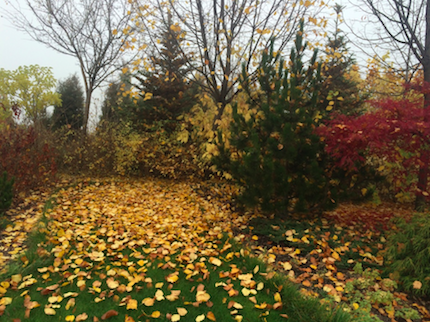
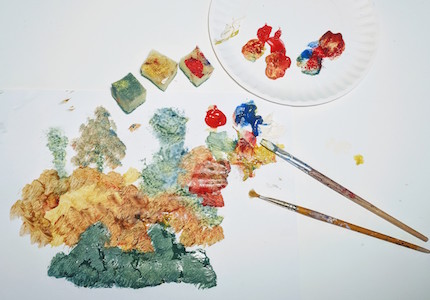
Students think up their own names for the new unusual colors that they have created.
Mixing paints, students are sure to have created several colors that are new to them (because there are an unlimited number of colors!).
1. Ask each team to chose one of the new created colors and paint disposable paper plate or a piece of paper with this color.
2. Present all chosen colors to all students.
3. Think up together original names for them using the brainstorming technique.
How to do brainstorming - look for information in the tab.
Later you can organize a class/school exhibition together – hang the paintings together with the signature of the author and the title.
Each student gives their landscape a title.
Get practicing
Students superimpose color onto a famous painting by van Gogh in two different ways.
http://www.enchantedlearning.com/paint/artists/vangogh/coloring/room.shtml
Students' task is to paint the picture in two ways that are as different from each other as possible. For example, they can be realistic/unrealistic, primary/secondary, chromatic and achromatic, soothing/invigorating, or a narrow/wide range of colors. Encourage students to mix all the paints (primary and secondary colors) and to create new colors. Students work in pairs.
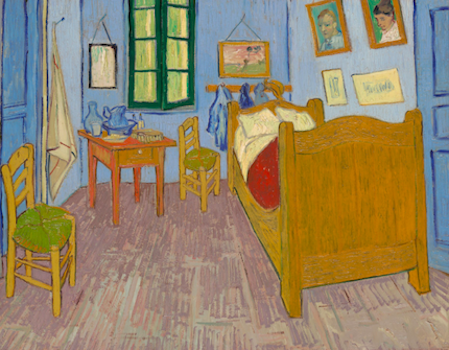
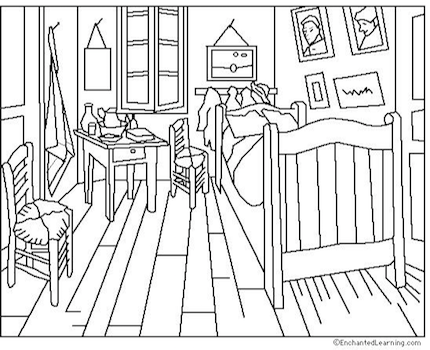
If you have more colors (especially black and white) give them to students . Brushes are needed for this task.
Students can also use colored pencils.
If your students have the access to Internet they can work directly on the webpage, clicking on the selected colors.

